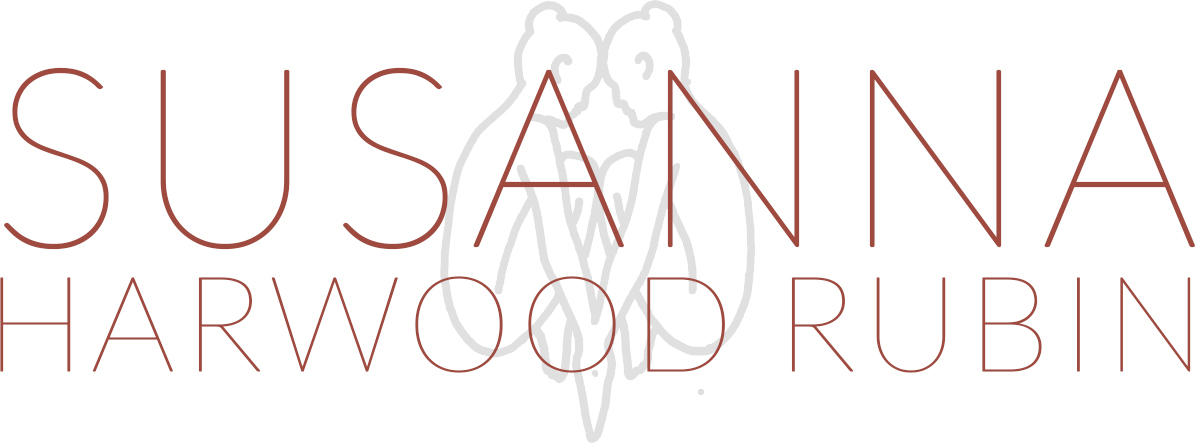Self Portrait as a Crow in Landscape
I had this thought today about the impulse to translate experiences into words. I was stretched out on my back while I was thinking about this, staring alternately at the ceiling, at the lower Manhattan skyline, or at the back of my eyelids as my brilliant bodyworker friend Zach manipulated the muscles of my right arm and shoulder. I realized that my mind was working at finding words for the experience I was having at that moment. So there were actually two parallel experiences that I was having – or maybe only one made up of two parts. The first part of the experience I was having was the pure physical intensity of sensation. The second part was my constant translation of the physical sensation I was experiencing into words.
I can remember in grad school one surprisingly aggressive critique with a teacher in which he said to me, “ You really have all of the answers, don’t you?” I can remember feeling stunned by his condemnation of what I thought was my solid and well thought-out verbal description of an installation I has been working on all term. I had felt that it was my responsibility to be prepared with verbal equivalents for my visual work. After all, isn’t our ability to express things verbally at the core of what makes us human? What I had thought was my job ended up being, for him, perhaps too neatly tied up, or it had robbed the work of its essential nature as visual art, which was intended to offer communication through a non-verbal language. Today I understand his point, but only agree with him halfway. Any successful artwork leaves space for the unspoken. Evoking something beyond words may differentiate one art form from another and there is a reason why both exist. But the urge to express is equally important and the trick is finding that balance – spoken and unspoken, delineated and open-ended.
Through years of being an artist and a yogini, I realize that I now have fewer answers but far more skillful questions. I still love the process of translating a feeling, an image, or an asana into words, a visual expression into a written or auditory one. At bottom, this is what drove me, as a student, to become an educator at the Museum of Modern Art: to assist others in that process of translation, offering them the skills and the familiarity to discover the beauty of an artwork for themselves. This led to my co-writing a book for MoMA on Matisse and Picasso for the exhibition in 2003. I believe that the book would not have happened had I not been an artist first, and a would-be art historian second. It was my access to both sides of the creative process that enabled me to put into words concepts that people in and outside of the art world could understand.
It was this same communicative desire that drew me toward becoming a yoga teacher as well. Immediately after 9-11, I was increasingly drawn toward my yoga practice. Watching the chaos unfold from Washington Square Park had left me uncharacteristically speechless. I felt no desire to go to my studio to work. I had no words and there was nothing I wanted to build or draw. The only urge I had was to practice. My teacher Amy reached out to me, encouraging me to join her training as a way of deepening my practice, and that was that – a new beginning that I had never consciously sought out, and the unfolding of a new chapter in my life. I had been given an opportunity to infuse my words with meaning in a new way – to alleviate people’s pain, to draw them into a deeper, more satisfying experience of their bodies, and to invite a more profound connection between their bodies, their minds, and their hearts.
The best way to learn a thing is to teach it. Through the processes of practicing and teaching yoga, I find new means of self-expression on a daily basis. This translates from the yoga studio to my art studio. Every day, every class offers a deeper sense of who I am as an artist. The physicality and the meditative nature of asana connect to the sensation of moving a pencil across a drawing, both delineating a thought, an impulse. The philosophical inquiry within each practice is present whether I’m balancing in crow or rendering one on paper. Art and yoga: the two are inextricably linked in my mind and are in constant conversation.
The act of translating one form of expression to another offers us the experience of looking at something from more than one perspective. We have the chance to become more expansive as our means of expression diversify. This creates an opportunity to ask more meaningful questions about what we see, experience, and care about, and at best, to find and create more diverse forms of beauty.


from one fellow wordsmith to another i am comforted and touched by your articulation; especially of such experiences with which i’m so familiar… sweet friend. thank you!
Keep ’em coming, my brilliant friend. Your musings are beautiful–strange or otherwise.
I like what you wrote. I have been thinking a lot lately about another sense that is beyond the kinesthetic and your piece reminded me of it. I am not sure if a name already exists but it something like feeling your body from the inside (rather than feeling your body in space).
Thanks, Debbie